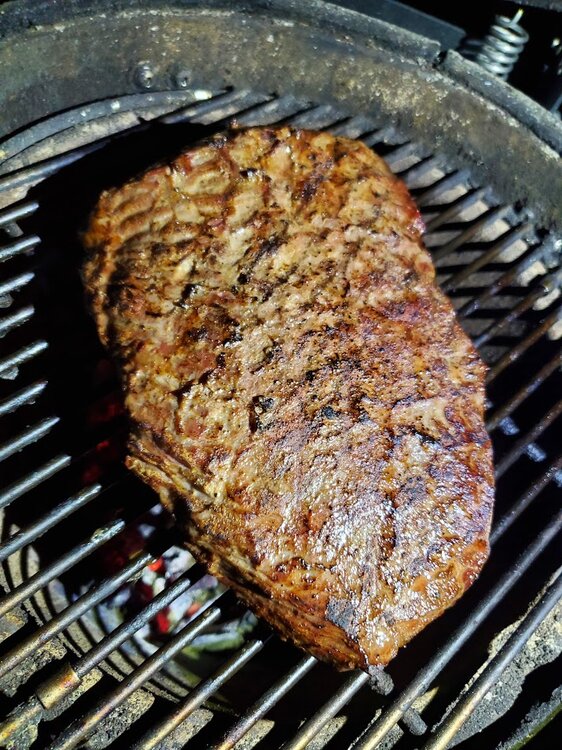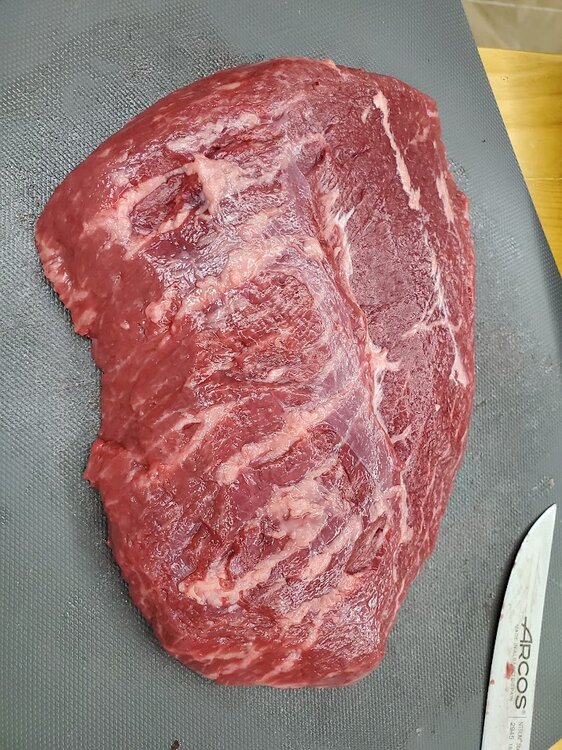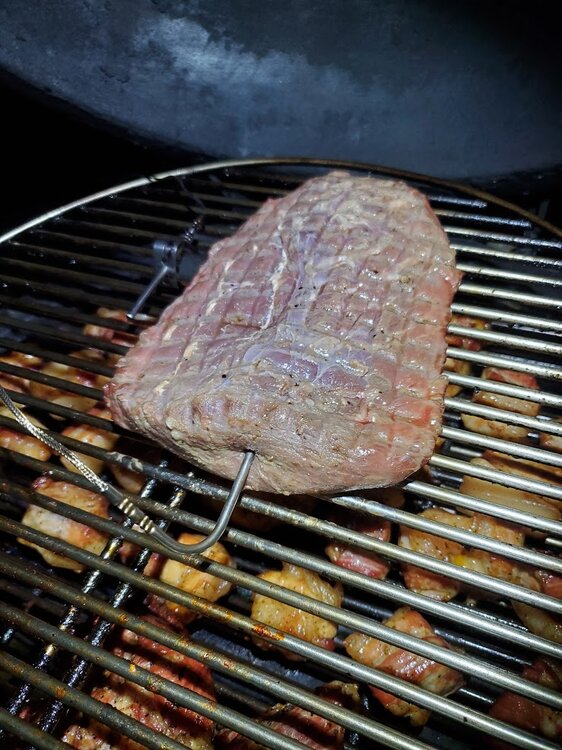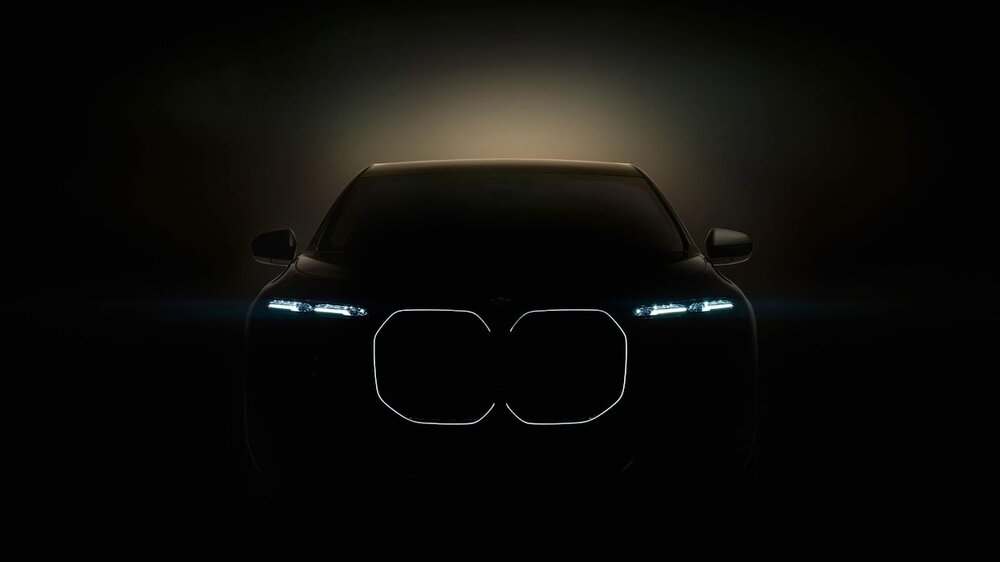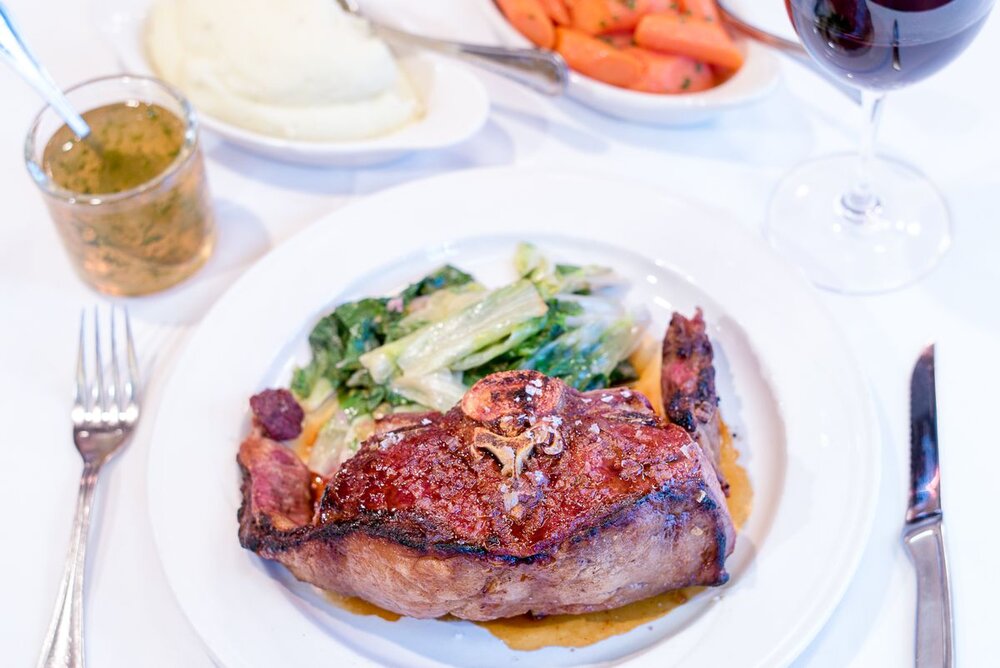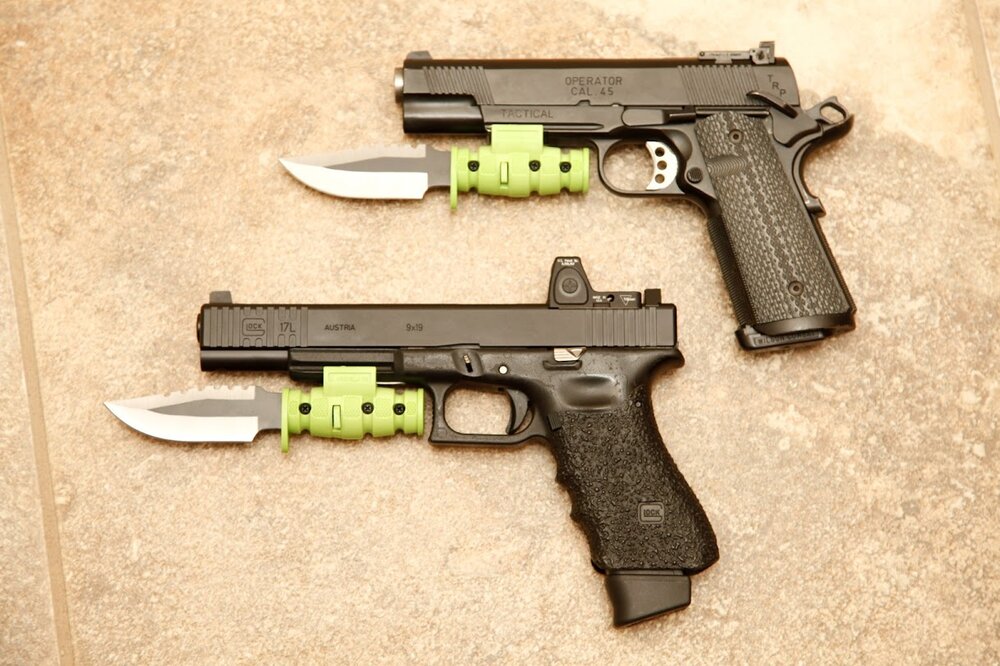There've been patches, there've been new characters, there've been random gun changes, nothing really noteworthy. They did nerf Wingman pretty hard by making it take sniper ammo and mags, and they inexplicably made Spitfire use light ammo.
But, the season that just started added a game mode, Gun Game - if you're familiar from CS, you start with a gun and get a new gun every time you kill someone. Climb through the list of guns first to win. It's fun, faster paced than any normal BR game, good way to sit down and do some mindless aim and gun practice, and much less focus on you knowing the map, knowing jumpmaster strategies, worrying about ring, etc. It's a limited time mode for now, but seems to be popular enough that I'd expect we see it more in the future. My only complaint is it's slower paced than CS gun games as the maps are too large for the number of players, you can spawn and spend a while running around trying to find the other teams. If the learning curve has kept you from trying Apex, I'd suggest trying some gun game now.






